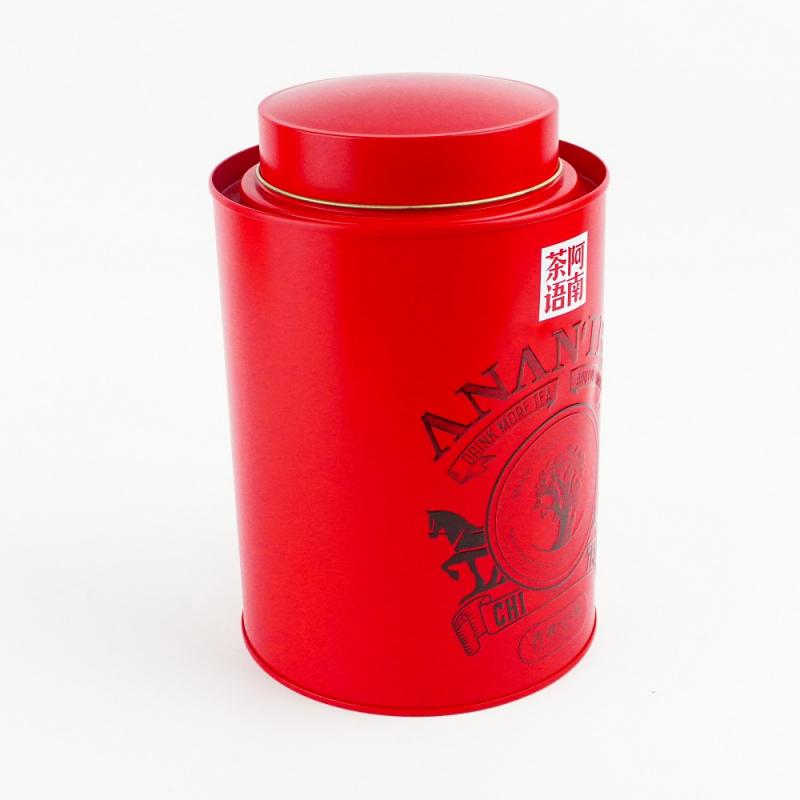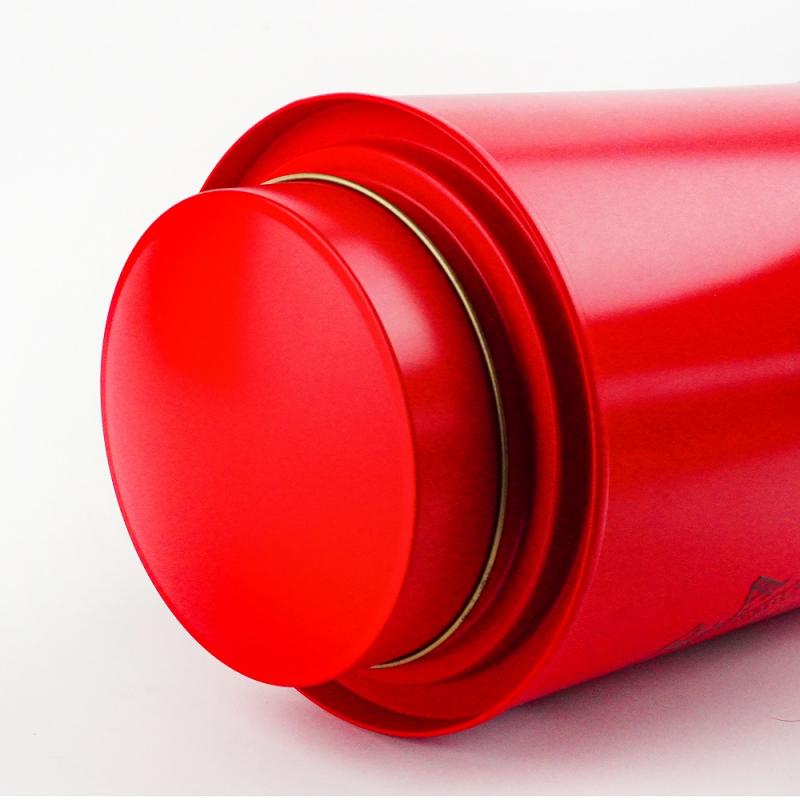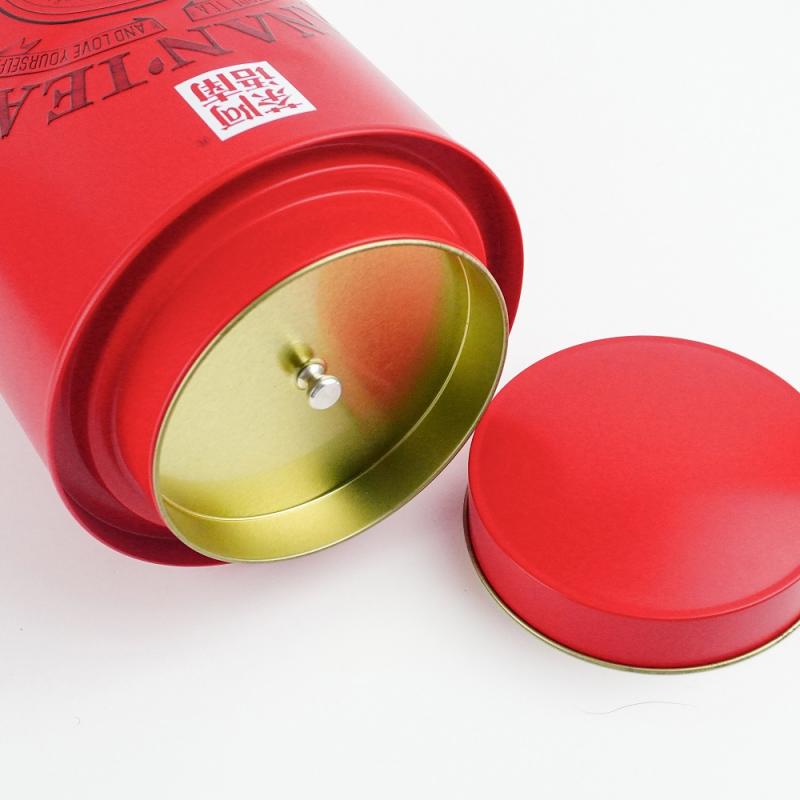A tea caddy is a container for storing tea. When tea was first introduced to Europe from Asia, it was extremely expensive and kept under key. The containers used are often expensive and decorative to fit in with the rest of the living room or other reception room. Hot water was brought from the kitchen and tea was made by or under the supervision of the hostess of the house.
The earliest examples to Europe are Chinese porcelain, similar in shape to ginger jars. They have Chinese-style lids or stoppers, and are most commonly blue and white. They weren't called tea cans until about 1800.
At first, British manufacturers imitated the Chinese, but soon devised their own forms and ornaments, and most of the country's pottery factories competed for the supply of this new fashion. Earlier tea pots were made of porcelain or earthenware. Later designs featured more variations in materials and designs. Wood, ash, tortoiseshell, brass, copper and even silver were employed, but the final material was most commonly wood, and there survived the vast mahogany, rosewood, satinwood and other woods of Georgian box caddies. These were usually mounted on brass and intricately inlaid with buttons in ivory, ebony or silver. There are many examples in the Netherlands, mainly Delft pottery. There are also a number of UK factories producing high quality caddies. Soon the shape was being made in porcelain exported from China and its equivalent in Japan. The caddy spoon, usually in silver, is a large shovel-like spoon for tea, often with indented bowls.
As the use of tea can tin increased, separate containers for green and black tea were no longer provided, and wooden tea cabinets or teacups with lids and locks were divided into two, often three, parts. Caddies made of mahogany and rosewood were popular in the late 18th and early 19th centuries. The Bender Company makes the caddy Louis Quinze stylish, with a claw and ball foot and an exquisite finish. The wooden caddies are rich and clearly marked, the inlays are simple and delicate, and the forms are graceful and unobtrusive. Even the shape of the miniature sarcophagus ranges from heavily imitating the Empire style found in wine coolers to rarely having clawed feet and brass rings, and it is considered delightful.



Post time: Nov-30-2022





